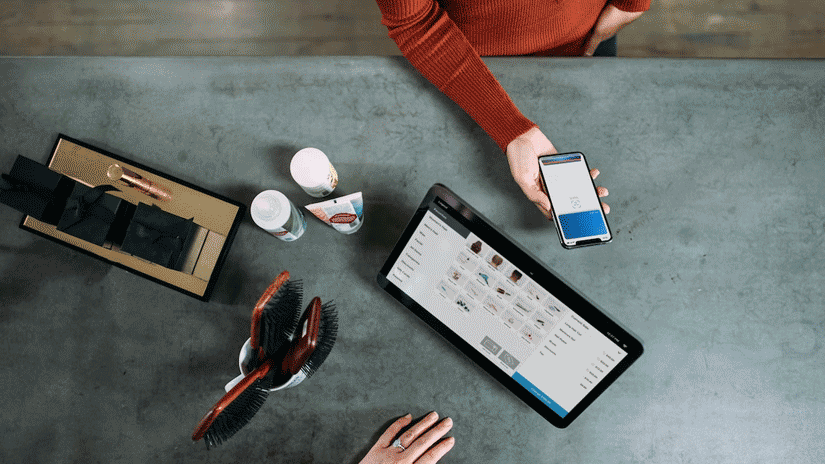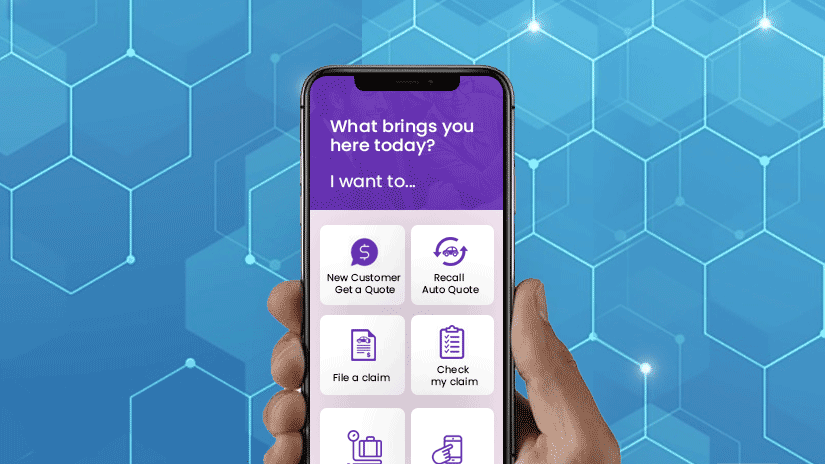Cracking the Usage-Based Insurance Code for Regional Carriers

Most regional insurance carriers know that Usage-Based Insurance (UBI) is transforming the auto insurance landscape. Still, many underestimate just how accessible and potentially game-changing it can be for smaller players. The reality is, while national carriers like Progressive and Allstate have made the most noise, regional insurance carriers are sitting on unique opportunities that aren’t widely discussed. Here’s a closer look at what’s happening in the UBI market and what regional insurers should know if they want to compete.
The UBI-Based Motor Insurance Market: Not Just a Big-Carrier Game
Over 40% of policyholders choose UBI policies in America
UBI is growing rapidly in North America, with the market projected to jump from $43.38 billion in 2023 to $70.46 billion by 2030, a healthy CAGR of 7.2%. However, here’s a detail that doesn’t make the headlines: UBI adoption is still highly fragmented. While national carriers have scale, smaller insurers often lag due to perceived high costs and integration hurdles. However, this gap is narrowing fast as technology evolves.

Smartphone-Based UBI: The Great Equalizer
Here’s a fact that might not surprise you: smartphone-based UBI is growing faster than OBD (on-board diagnostics) dongles. One of the most significant shifts in UBI isn’t about who’s offering it, but how it’s being delivered. 75% of all passenger cars sold in 2024 featured embedded cellular connectivity, according to Counterpoint Research’s Global Connected Car Tracker. That roughly translates to three out of four new cars purchased in the United States in 2024 being IoT-enabled with built-in connectivity.
Meanwhile, smartphone-based telematics is the fastest-growing segment for first-time auto insurance policies, playing a major role in lowering entry barriers and appealing to younger, digitally savvy drivers. While this discussion focuses on auto insurance, it is also important to note that IoT devices are expanding into other insurance lines—for example, property insurers are now leveraging sensors to monitor risks such as water leaks and fires.
This trend is expected to accelerate, with smartphone-based and line-fitted policies projected to grow at a CAGR of 21% and 44% respectively, until 2030.
For regional carriers, this means the days of needing expensive hardware installations are fading. All that’s needed is a robust app and a data-driven mindset.

How Regional Carriers Are Leveraging Their Local Advantage
Regional carriers often have a deep understanding of their specific markets—something national brands can’t easily replicate. This local knowledge allows them to tailor UBI programs to the unique driving patterns, weather conditions, and customer preferences of their communities.
For example, Ohio Mutual Insurance Group, a regional insurer operating in the Midwest and Northeast, launched a smartphone-based UBI program targeting young and rural drivers. By analyzing local driving data, they offered customized discounts that reflected actual risk rather than generic assumptions. This approach not only increased customer engagement but also improved retention in a demographic that traditionally has high churn.
Similarly, a Pennsylvania-based regional insurer piloted a UBI program focused on suburban and rural young drivers, leveraging smartphone telematics to scale quickly and price policies more accurately. Their success highlights how regional carriers can use UBI to serve underserved segments with precision.
Regulatory Nuances: An Underused Lever
Regulation has often been cited as a barrier to UBI adoption, but recent developments have made the environment more favorable, especially for regional carriers willing to innovate. For example, states like Arizona and Kentucky have launched insurance innovation sandboxes that allow carriers to test UBI products under relaxed rules. These programs aren’t widely publicized, but they offer a path for regionals to experiment and iterate quickly, sidestepping some of the compliance hurdles that slow down larger competitors.
Insurers aren’t required to offer UBI, so it’s typically added as an optional feature. Those who do must submit their program details—devices, metrics, and discount logic—for regulatory approval, while keeping their proprietary models protected.
States like Ohio, Texas, and Pennsylvania have introduced regulatory sandboxes and pilot programs that allow insurers to test UBI products with reduced compliance burdens. These programs encourage experimentation and provide a pathway for regional carriers to refine their offerings before full-scale rollout.
Data Is Your Secret Weapon—And Vendor Ecosystems Bring It Within Reach
Thanks to a new wave of plug-and-play telematics vendors, regional carriers can now tap into the same sophisticated analytics and customer engagement tools that used to be reserved for companies with sprawling IT budgets and armies of data scientists.
Let’s break it down. Not long ago, launching a usage-based insurance (UBI) program meant months (or years) of IT headaches, integration woes, and sticker shock. Today, the vendor ecosystem has exploded with white-label solutions designed specifically for carriers who want to move fast and stay nimble. These platforms are built to integrate smoothly with existing policy systems—often with minimal IT investment—so you can get a pilot off the ground or even roll out a full-scale program without the kind of upfront costs that once kept regionals on the sidelines.
But the real magic is what happens after you’re up and running. These third-party platforms don’t just collect driving data—they transform it into actionable insights. You get access to analytics dashboards that break down everything from risk scoring to customer engagement trends. Want to know which drivers are safest? Which customers are most likely to benefit from a personalized discount or a nudge toward safer habits? The answers are right at your fingertips.
And here’s something that doesn’t get talked about enough: these tools are also a game-changer for customer relationships. With modern UBI platforms, you can deliver real-time feedback to drivers, send personalized tips, and even gamify the insurance experience with rewards for safe behavior. It’s not just about pricing—it’s about creating an ongoing conversation with your policyholders, building loyalty, and standing out in a crowded market.
Also Read: Telematics 2.0: New Frontiers Insurance Leaders Are Just Beginning to Explore
A Practical Roadmap for Regional Insurers to Build a Competitive UBI Program
Regional insurers can deliver sophisticated, customer-centric usage-based motor insurance products that rival national brands, without the need for massive budgets or in-house tech teams
-
Pinpoint Your Audience and Value Proposition
Start by identifying your ideal customer segments, such as young drivers, gig workers, or rural households. Define what makes your UBI offering unique—think transparent pricing, real-time feedback, or hyper-local relevance5.
-
Partner for Plug-and-Play Telematics
Don’t reinvent the wheel. Choose a telematics or behavioral analytics vendor with proven, plug-and-play solutions. Modern platforms can capture detailed driving behaviors—speeding, phone use, and harsh braking—so you can personalize risk and pricing without heavy IT investment.
-
Pilot and Iterate with Behavioral Insights
Launch a targeted pilot to gather real-world data. Use these insights to refine your risk models and create personalized rewards.
In 2024, Allstate conducted a comprehensive review of its Drivewise telematics program and found that customers using Drivewise were 25% less likely to be involved in a serious collision compared to those who did not use the app
-
Build Trust Through Transparency
Be upfront about what data you collect and how it’s used. Offer customers dashboards or regular feedback to show how their driving impacts their premiums.
-
Scale and Localize
Expand your program based on pilot results, and consider integrating local data—like weather or traffic patterns—to keep pricing competitive and relevant.
The Road Ahead For Usage-Based Insurance
Of course, none of this would matter if customers weren’t interested. But the reality is, attitudes have shifted. In 2025, more drivers than ever are open to sharing their driving data if it means fairer rates or rewards for safe habits. Regional carriers have a unique edge here: their close community ties help foster trust, which is critical when asking customers to opt in to telematics. Some mutual insurers in the Midwest have even introduced customer dashboards, so policyholders can see exactly how their driving is scored and how it affects their premiums.
What does all this add up to? Regional carriers are no longer just following the lead of national brands—they’re carving out their own path.
Topics: Mobility Applications







